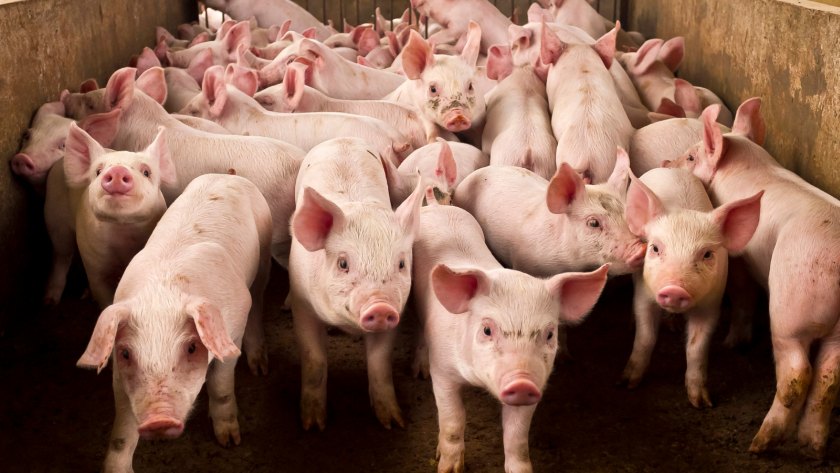
Surging feed prices now account for over 80 percent of costs for pig farmers, as high prices continue to leave margins tight.
Although cash flow problems may have eased a little as the farmgate price per kilo has increased, producers are still in a loss-making position.
The sector is being urged to work closely with nutritionists to look at flexible feeding strategies as prices remain high.
Agustina Rodriguez, nutritionist consultant at Elanco, says feed has always made up the largest share of outgoings on pig farms.
However, this has risen by over 10% in recent months and it now contributes to more than 80% of costs, she explains.
“To mitigate this, producers and their advisers need to take a flexible approach towards nutritional strategies, looking to alternative options where possible, while still meeting the pigs’ needs.”
Dr Rodriguez says formulating rations as tightly as possible, collaborative working between producers, vets and nutritionists, and optimising feed conversion ratio (FCR) are all important, as well as thinking about the sow and her requirements to perform well.
“However, even if all these areas are optimised, if the pig’s gut isn’t working properly, then it won’t be utilising the feed as efficiently as it could be,” she adds.
“Poor gut health can lead to loose stools and a proportion of nutrients being bypassed through the animal, meaning nutrient absorption is reduced.”
To help avoid this, she says nutritionists should consider carefully incorporating additives – such as enzymes, pro and prebiotics and synthetic amino acids – into rations.
“Any changes to the diet should offer a return on investment, whether that’s an improvement in gut health, FCR, growth or potentially a reduction in antibiotic use,” adds Dr Rodriguez.
Enzymes can be a useful tool to help enhance the feed efficiency of a diet, she explains.
"Incorporating a specific enzyme which neutralises ß-mannans into the ration can stop energy being used unnecessarily, by breaking down these anti-nutritional factors, allowing pigs to focus on growth and productivity.”
She says nutrient-sparing enzymes can also offer more flexibility in nutritional strategies. They can enable dietary protein to be lowered slightly in the starter and weaner diets, decreasing costs while maintaining the same performance.
Or they can be added without reducing other raw materials in the creep and starter rations, helping to produce a stronger, healthier piglet with superior Intestinal Integrity.
